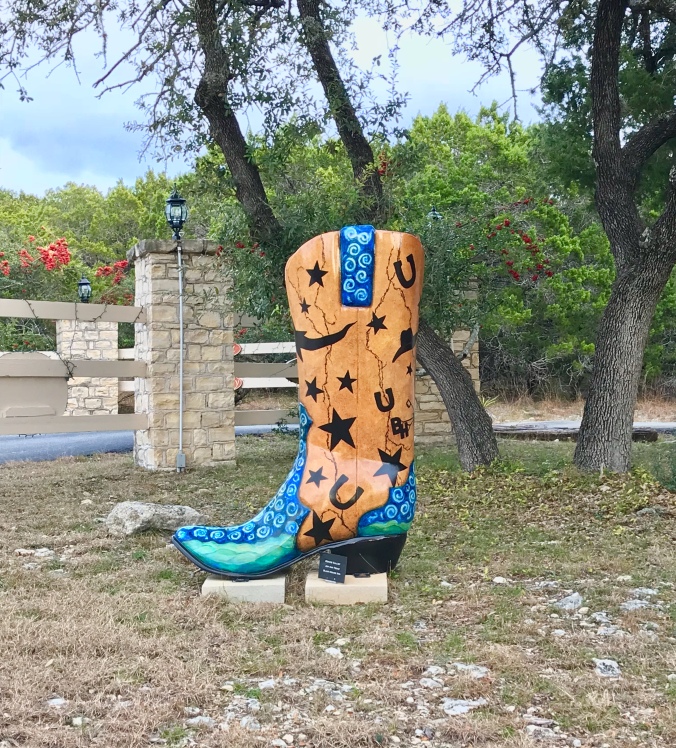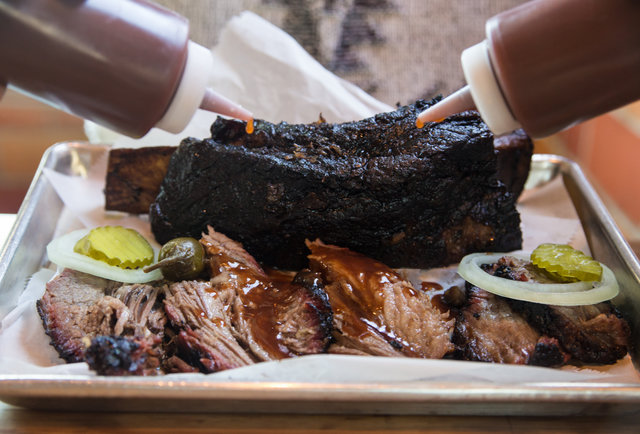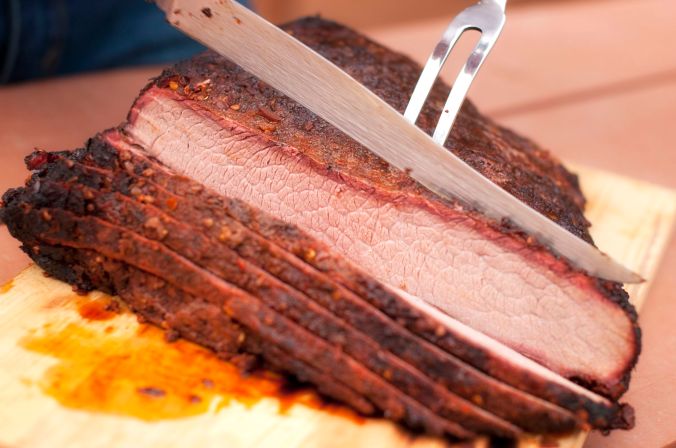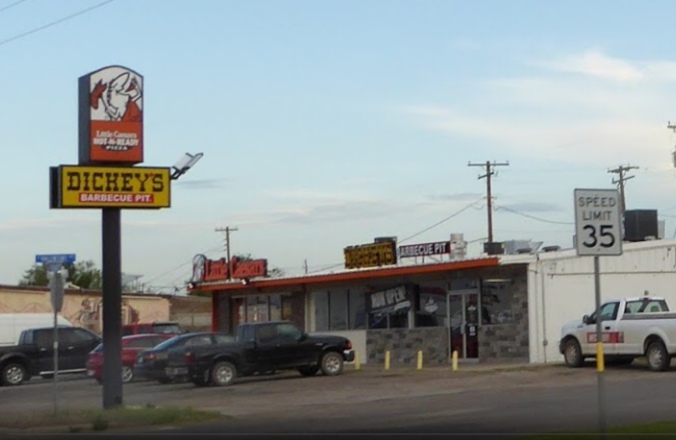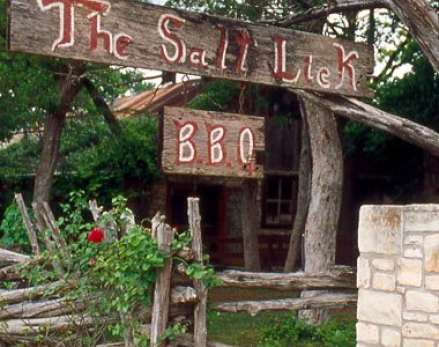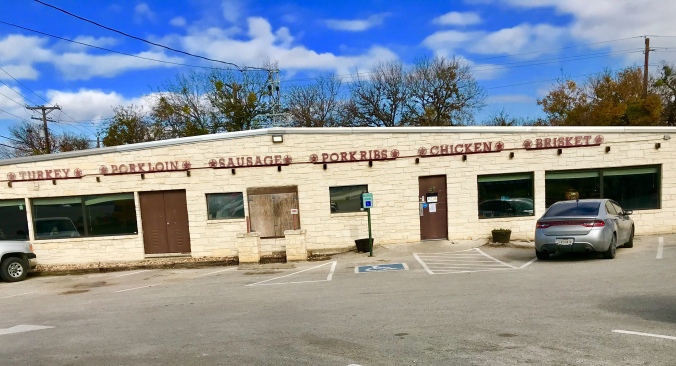My last post was all about Texas BBQ which has its own unique history and believe it to not, this whole series of posts about BBQ, history and wine ties together, really I promise!!!
If you are as much of a food geek as I am, here is a great website where you can read about the history of Texas BBQ. I have added a few more recipes on the Epicurious page of side dishes that I think go great with BBQ Brisket or Ribs.
So this is the perfect segue way to talk about some of the cool historical aspects of Texas Hill Country. I am not even sure where to start as far as all the historical events that have occurred in Texas so I am just going to dive in and tell you about the things we did and saw. There is so much more to see and do so this may just whet your appetite for a trip to Texas.

Hill Country people love their gates…I could have spent the whole trip just photographing gates.
Battles have been fought, heroes born, and pivotal laws passed in the Hill Country. The state’s capital hums in the northeast corner of the region, and legendary names echo throughout. It’s no wonder that this region acts as a magnet for history buffs. Personally, I wouldn’t classify myself as a history buff but more of an interested learner and avid questioner. My poor Mother can attest to my need to know…geez, I about drove her crazy with my “why does” questions.
One thing I found fascinating was the strong German influence which is still alive and well in Texas Hill Country today. Our visit to Fredericksburg helped answer some questions about why (yep, a why question) so many Germans immigrated to Texas and why Hill Country?

Historical old town Fredericksburg.
The downtown historical area is a charming step back in time and the city’s German heritage is on display at the Pioneer Museum, which features settlers’ homesteads and artifacts. In the nearby town square, Marktplatz, the Vereins Kirche is a replica of a 19th-century German church that once stood in the city.

The square at the Vereins Kirche (in the background) was quite festive.
German immigrants came in search of what we call the “American Dream,” but they didn’t come to America. They came to The Republic of Texas which was newly independent from Mexico, but the dream and promise of a new way of life they sought still rings true here in the US, well at least for now! The reason that these immigrants came to Texas was to start a new life away from the social and economic problems of their mother country. In the 1840s, a group of noblemen called the Verein got a land grant in the Republic of Texas that promised settlers large quantities of land, transportation across the sea to the land, a home, furnishings, utensils, farming equipment, churches, hospitals, roads, and provisions. These German-Texans came by the hundreds for a chance at this new life.
In towns like Fredericksburg, many people still speak German. One very famous Texan, Chester Nimitz, who was of German descent on both sides was born in Fredericksburg. Nimitz was an important Commander in Chief in the military during World War II. While my German heritage friend Laurie and I combed the German historical sites and yes, the retail shops, the guys visited the vast National Museum of the Pacific War featuring WWII exhibits, including a recreated combat zone.
The other cool thing I learned was that Texas BBQ, yes we are looping back now, like Texas itself, has many origins. South Texas is influenced by Mexico, especially in the barbacoa realm. German and Czech butchers built the most famous style of barbecue in Central Texas’s meat markets, and in the Hill Country they still use what they refer to as “Dutch” or “German” pits lit by coals directly under the meat.
We took a day trip to San Antonio to visit the Alamo and the Riverwalk. Best I can tell there is nothing significantly historical about the Riverwalk itself but we really enjoyed the vibe with great restaurants and killer Christmas lights! The River Walk winds and loops under bridges as two parallel sidewalks lined with restaurants and shops, connecting the major tourist draws from the Shops at Rivercenter, to the Arneson River Theatre, to Marriage Island, to La Villita, to HemisFair Park, to the Tower Life Building, to the San Antonio Museum of Art, to the Pearl and the city’s five Spanish colonial missions, which have been named a World Heritage Site.

The river cruises was fun and informative.

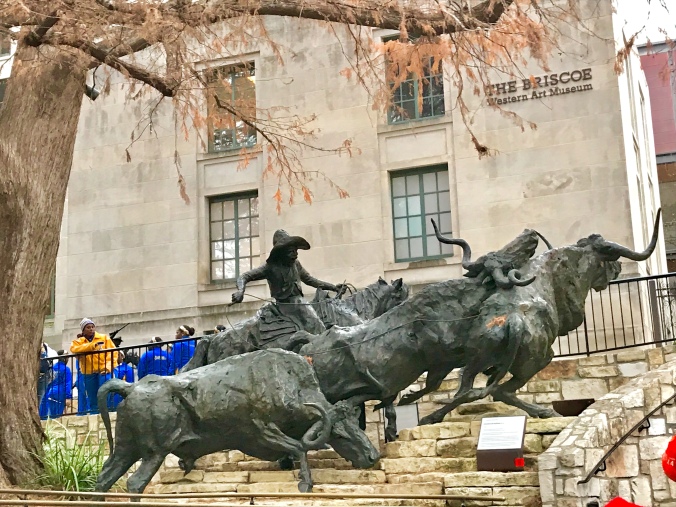


The Alamo however is significant in Texas History. It is a world heritage site and has quite a brutal history so all you history buffs …this is where you start groovin!

The Battle of the Alamo (February 23 – March 6, 1836) was a pivotal event in the Texas Revolution. Following a 13-day siege, Mexican troops under President General Antonio López de Santa Anna launched an assault on the Alamo Mission near San Antonio de Béxar (modern-day San Antonio, Texas, United States), killing all of the Texan defenders. Santa Anna’s cruelty during the battle inspired many Texans—both Texas settlers and adventurers from the United States—to join the Texan Army. Buoyed by a desire for revenge, the Texans defeated the Mexican Army at the Battle of San Jacinto, on April 21, 1836, ending the revolution.
The grounds at the Alamo are beautiful and so peaceful. It’s hard to imagine all the brutality that happened here. The museum inside is well worth an hour and is well done.


The Alamo was sold to a grocer who used it as a warehouse before it changed hands in 1882. The new proprietors nearly sold the property to a hotel before it was acquired by the DRT, whose efforts helped restore the Alamo to its present state.
The highlight of the trip for me was our visit was to the Lyndon B. Johnson State Park and Historic Site near Johnson City. President Johnson created the Great Society programs which included antipoverty programs, civil rights legislation, the creation of Medicare and Medicaid, the passage of some environmental protection acts, and the creation of laws to help protect consumers. Unfortunately, some of this important legislation is being challenged by our current administration.
While many people remember him for the US’s controversial involvement in the Vietnam War, I was so impressed with his humble beginnings, his work ethic and how his struggle to getting an advanced education shaped much of the social programs we now have in place. A great example is the Head Start Program, which promotes school readiness of children under 5 from low-income families through education, health, social and other services.

President Johnson had a deep attachment for place and heritage. The LBJ Ranch was where he was born, lived, died, and was buried. After the President’s death in 1973, Mrs. Johnson continued to live at the Ranch part-time until her death in 2007.

After a stop at the Visitor’s Center, we took the guided tour of the Texas White House and then toured the rest of the Ranch at our own pace in the car, stopping at sites along the way such as the President’s birthplace, Johnson family cemetery, and the Sauer-Beckmann Farmstead. Apparently, Johnson worked long hours, slept little and felt his best when he was on the ranch – which was often so that’s how the ranch got dubbed the Texas White House.

So much pivotal political work happened here at the Texas White House. Believe me, it wasn’t fancy.

President Johnson loved the Pernales River.
The guided ranch house tour was great as the docents were very knowledgeable and the tour size was limited to 10 people. The tour left you with a strong sense of how dedicated President and Lady Bird Johnson were to the administration, social change and leaving a historical legacy. Soon after President Johnson retired from office, the National Park Service, with funds donated by the former President, purchased the Johnson Settlement area. Four of the original buildings were still standing. Besides the cabin, they included a barn and cooler house built by James Polk Johnson, Samuel Ealy Johnson’s nephew and namesake of Johnson City.
We also really enjoyed touring the Sauer-Beckmann Farmstead which is inside the park. Another brainchild of the Johnson’s, this living history farm is presented as it was in 1918. Volunteer interpreters wear period clothing, do the farm and household chores as they were done at that time, and conduct tours for the visitors. Volunteers and park staff operate the farm, harvesting and preserving vegetables from the garden, raising livestock and feed. The smokehouse is still in use and the Victorian style house and barns are open to the public as well.



Don’t worry, the big boy turkey is a farm mascot!
We happened to be there when the “cook” was in the cook house making lunch for the staff and volunteers, using foods raised and harvested on the farm. It was a cozy place to be that day as it was 45 degrees outside but we didn’t stay for lunch (okay, we weren’t really invited) because we had the Salt Lick BBQ in our sights and some wineries to visit…but that is a whole other post!

